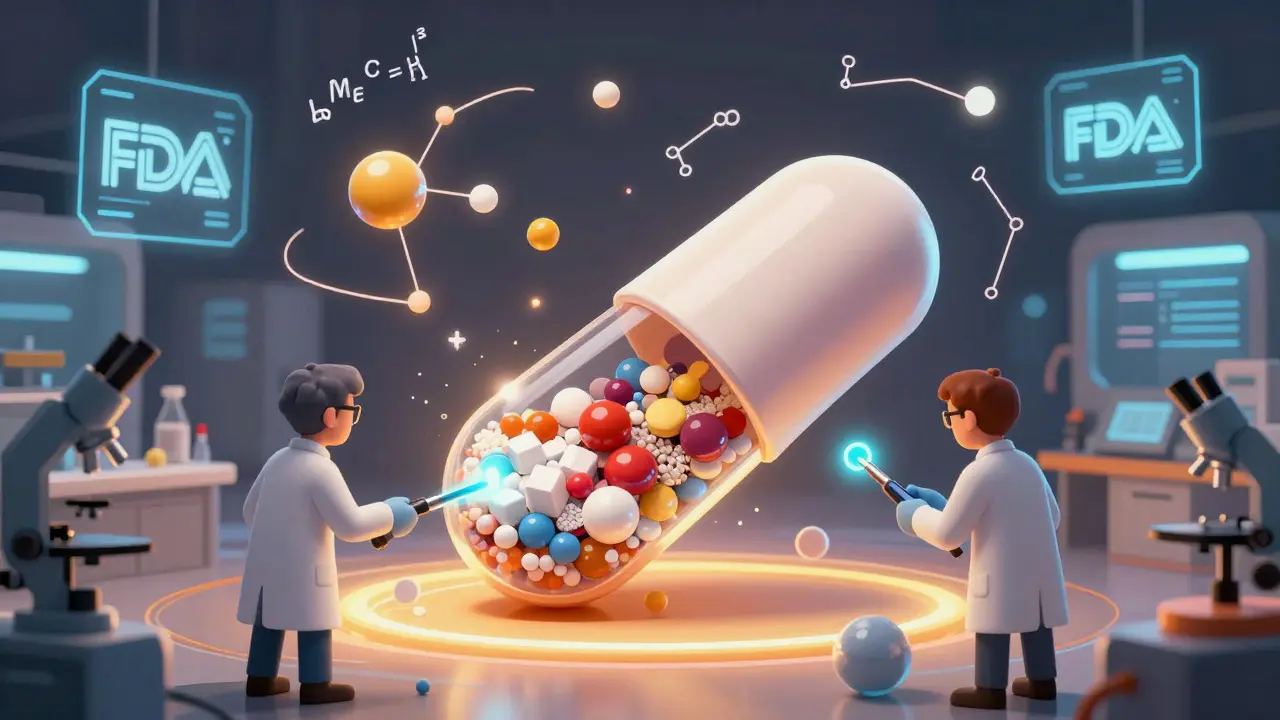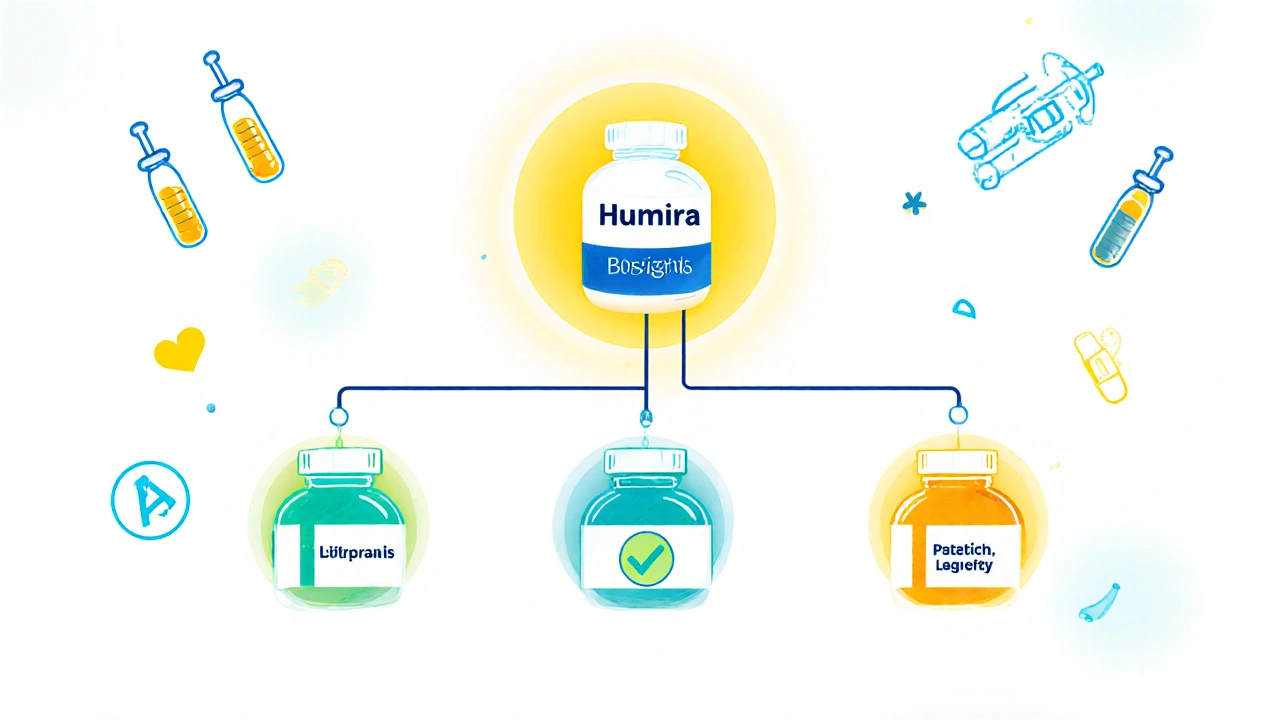When you pick up a prescription or buy an over-the-counter pill, you’re relying on the FDA, the U.S. Food and Drug Administration, a federal agency responsible for approving and monitoring drugs, medical devices, and food safety. Also known as the U.S. Food and Drug Administration, it’s the gatekeeper between a new medicine and your medicine cabinet. Without the FDA, there’d be no standard for whether a drug actually works—or whether it might hurt you.
The FDA doesn’t just approve drugs once and walk away. It tracks them for years after they hit the market through post-marketing pharmacovigilance, the system that collects real-world reports of side effects from doctors, patients, and pharmacies. That’s how hidden risks like heart inflammation from mRNA vaccines or liver damage from certain painkillers get caught. Clinical trials involve thousands of people—but real life involves millions. The FDA listens to those voices.
It also controls which drugs are labeled as generic drugs, medications that are chemically identical to brand-name versions but cost up to 95% less. Many insurers push generics because they save money without sacrificing effectiveness. But the FDA makes sure they’re truly equivalent—same active ingredient, same dose, same way they work in your body. That’s why your pharmacist can swap your brand-name pill for a generic without asking your doctor.
And it’s not just about new drugs. The FDA also steps in when drug interactions go unnoticed—like how smoking cuts clozapine levels in half, or how kidney disease changes how voriconazole is processed. It sets rules for how labels should be written so you know exactly when and how to take your medicine. It even steps in when companies mislead patients with false claims about supplements like turmeric or neem blends.
What you won’t find on the label? The full story of how long it took to approve the drug, how many patients were in the trial, or whether the study was funded by the maker. The FDA doesn’t hide that data—but it doesn’t always make it easy to find either. That’s why knowing how the system works helps you ask better questions.
If you’ve ever wondered why some drugs disappear from shelves, why your insurance won’t cover a certain brand, or why your doctor switched your medication after a new warning came out—it’s all tied back to the FDA. It’s not perfect. It’s not always fast. But when it acts, it changes how you live with your health.
Below, you’ll find real stories from people who’ve dealt with medication errors, unexpected side effects, and insurance battles—all shaped by the rules and oversight of the FDA. Whether you’re managing depression, diabetes, or a fungal infection, understanding this system helps you take control.
Posted by
Paul Fletcher
4 Comments

Generic drugs are just as safe and effective as brand-name medications but cost up to 85% less. Learn how they’re made, tested, and approved by the FDA through the ANDA process-step by step.
read morePosted by
Jenny Garner
13 Comments

The FDA's Purple Book is the official source for tracking approved biological products, biosimilars, and interchangeable biologics. Learn how it works, what interchangeability really means, and how it affects your prescriptions.
read more